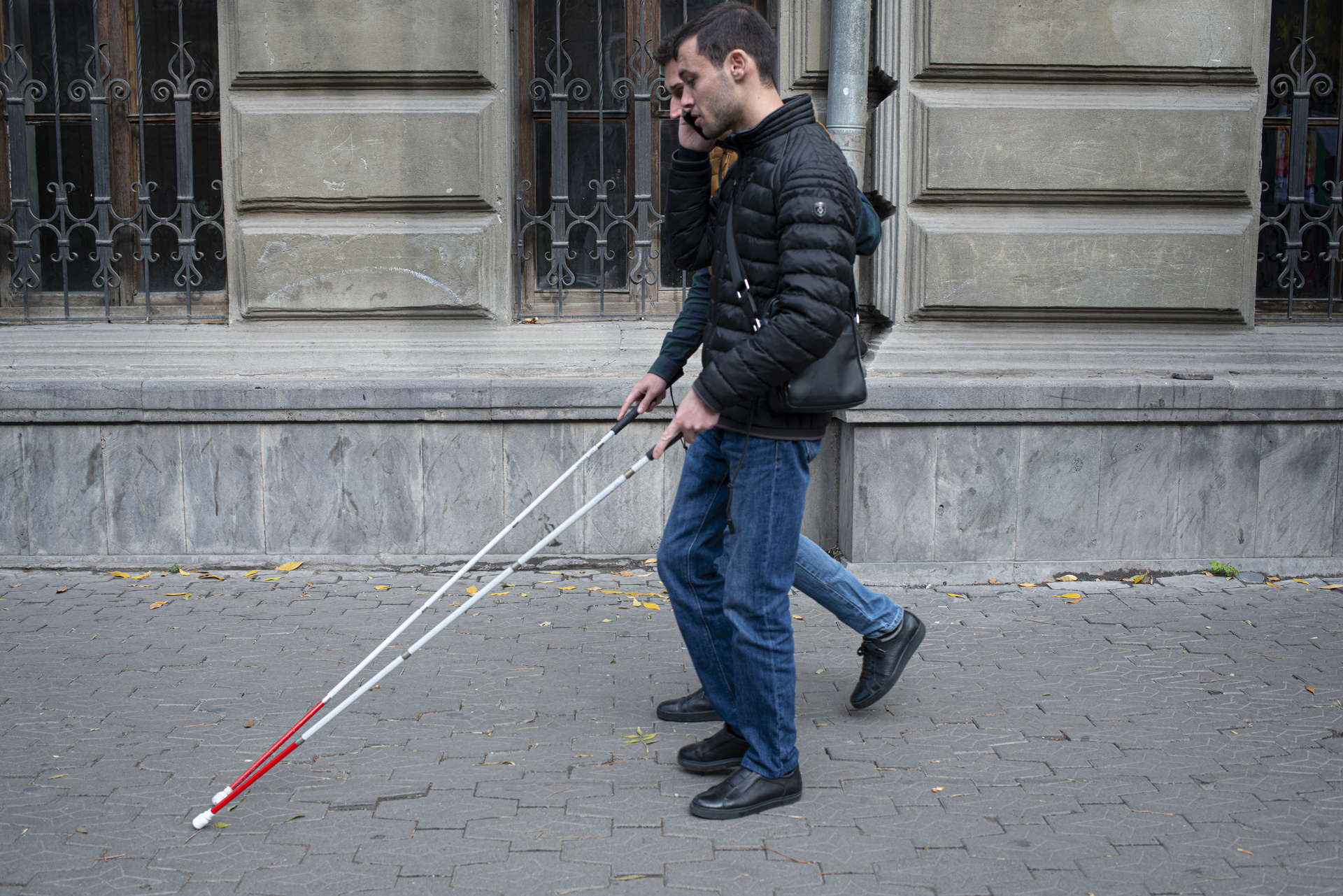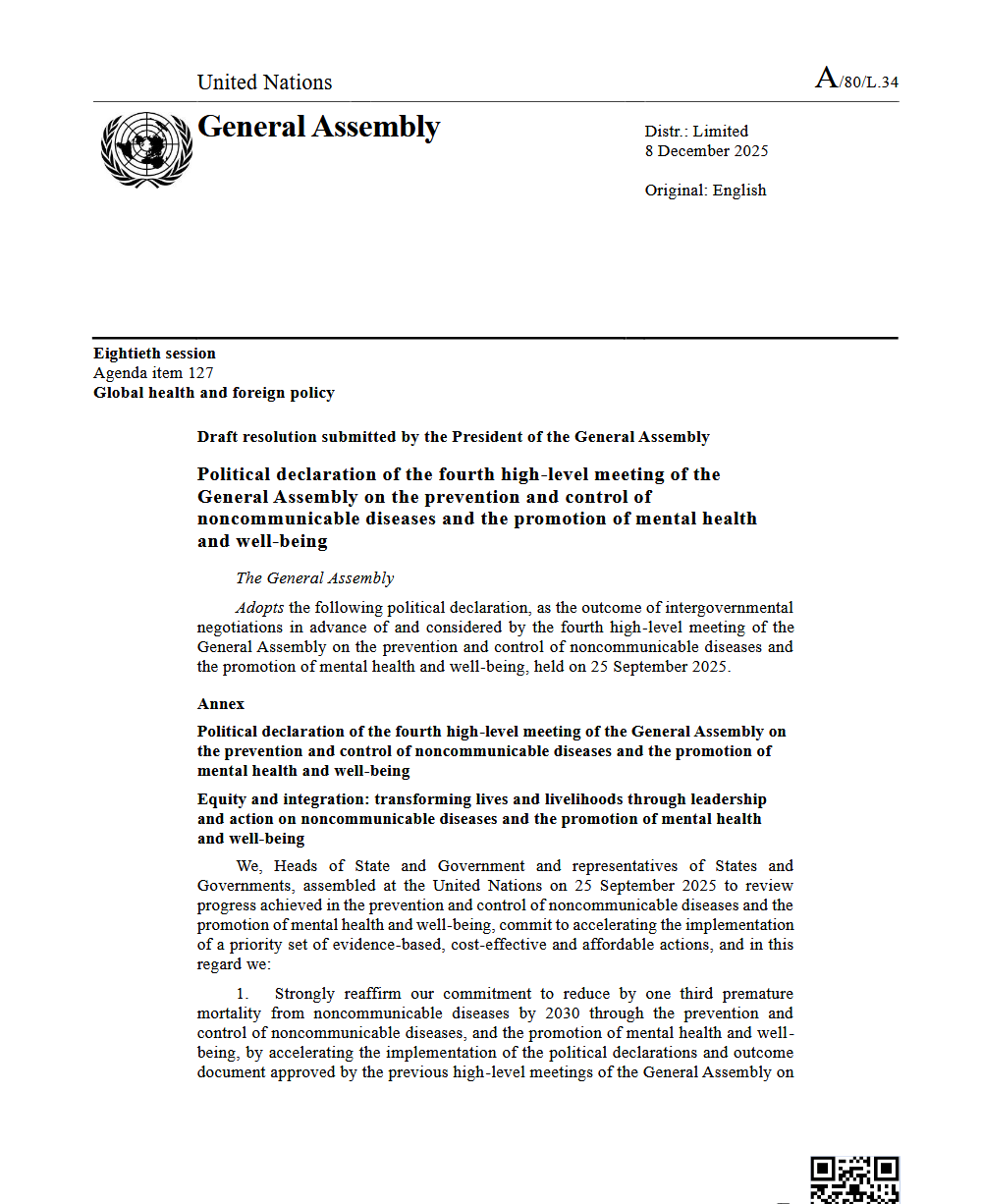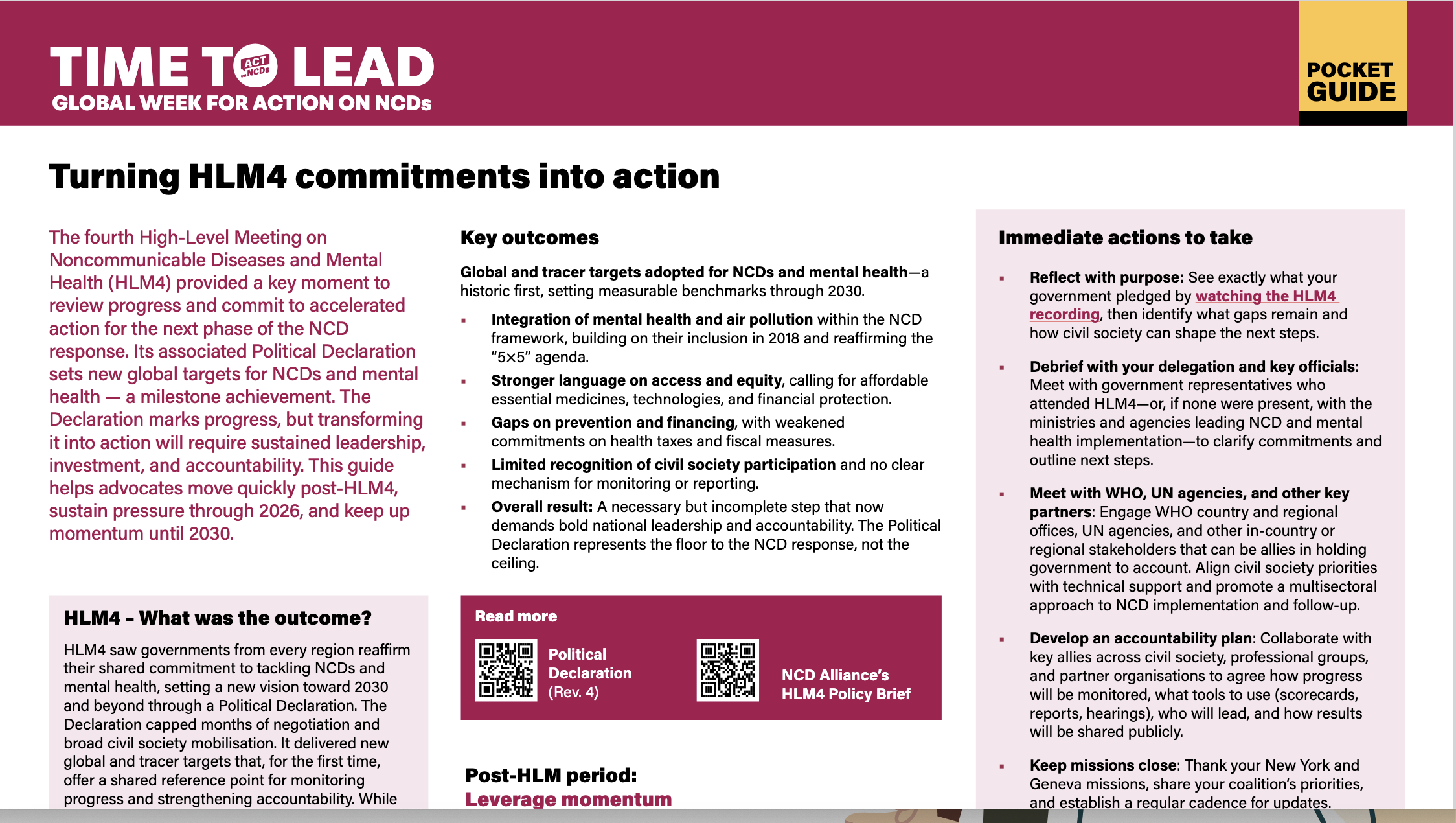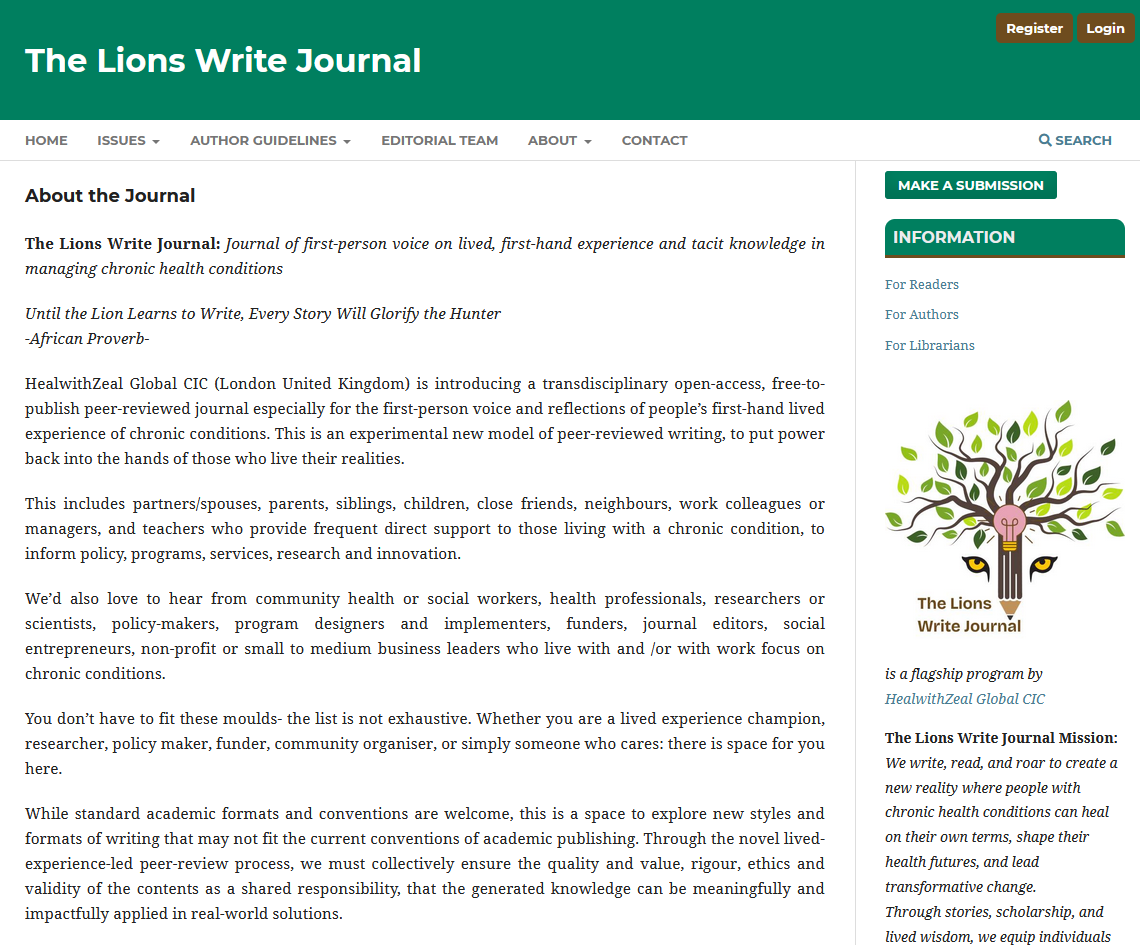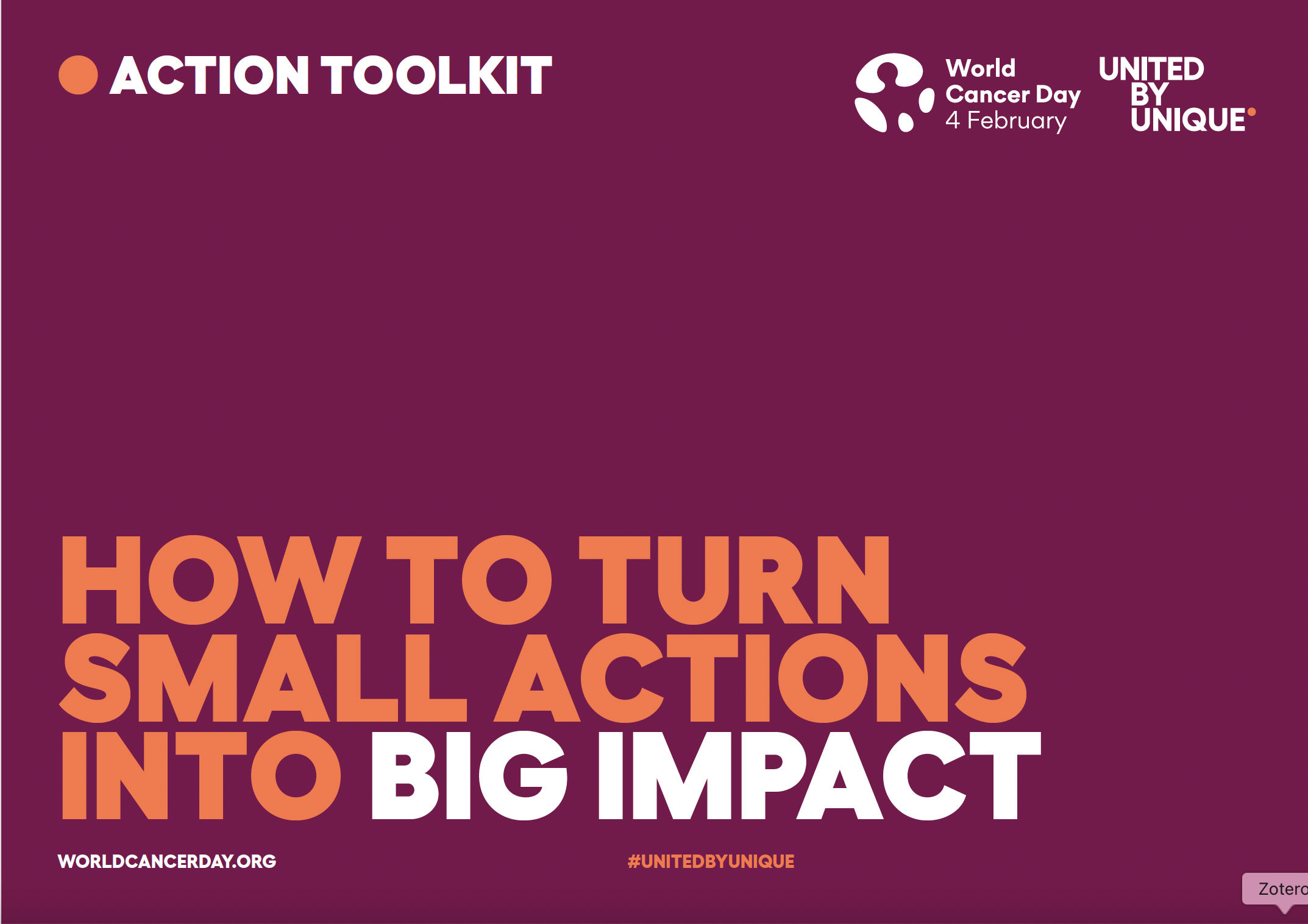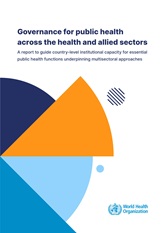Overview
Disability is part of being human and is integral to the human experience. It results from the interaction between health conditions such as dementia, blindness or spinal cord injury, and a range of environmental and personal factors. An estimated 1.3 billion people – or 16% of the global population – experience a significant disability today. This number is growing because of an increase in noncommunicable diseases and people living longer. Persons with disabilities are a diverse group, and factors such as sex, age, gender identity, sexual orientation, religion, race, ethnicity and their economic situation affect their experiences in life and their health needs. Persons with disabilities die earlier, have poorer health, and experience more limitations in everyday functioning than others.
Information presented on this page has been replicated from the linked WHO fact sheet. Please always refer to the original source on who.int for the latest version. Last update: March 2024

